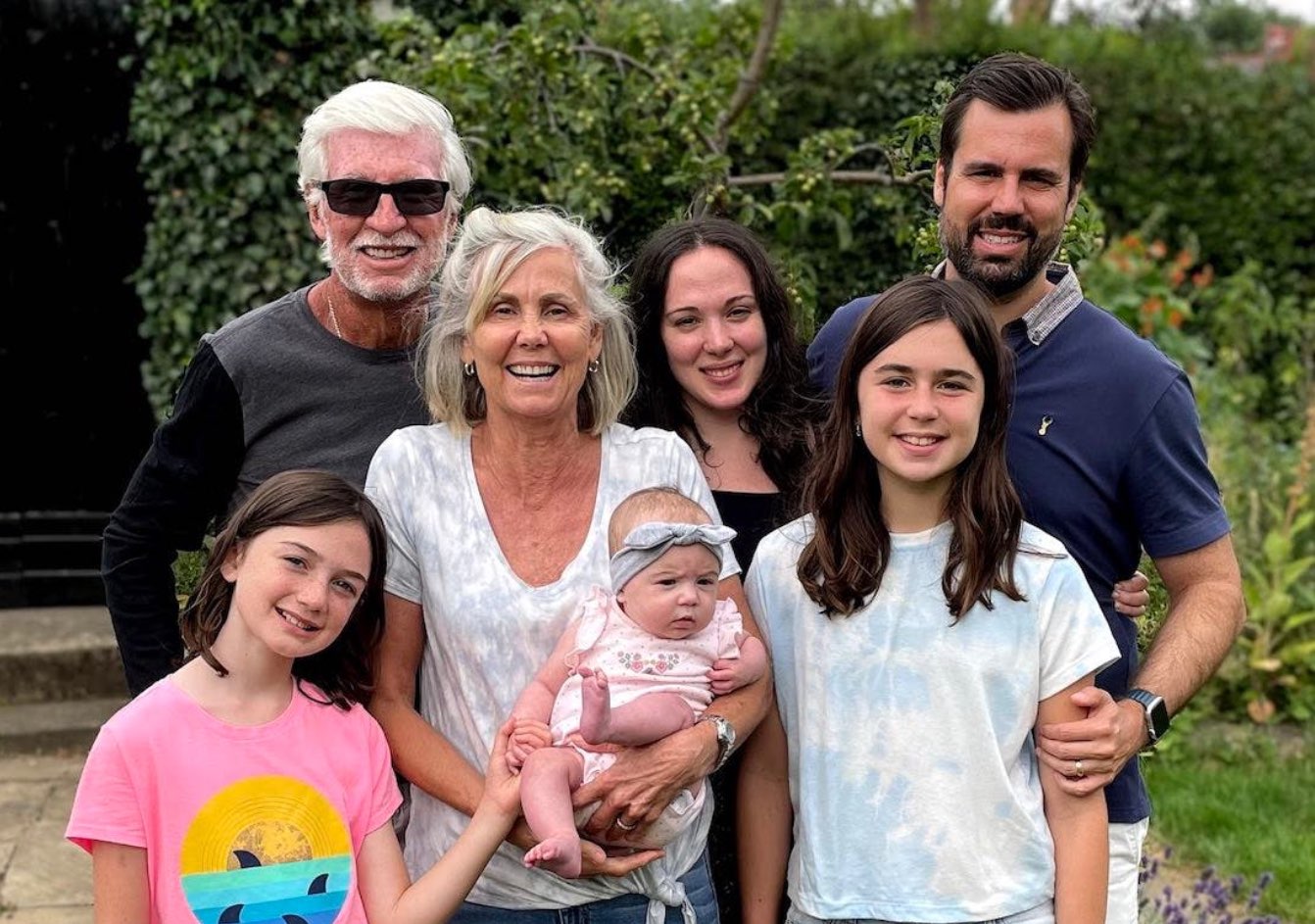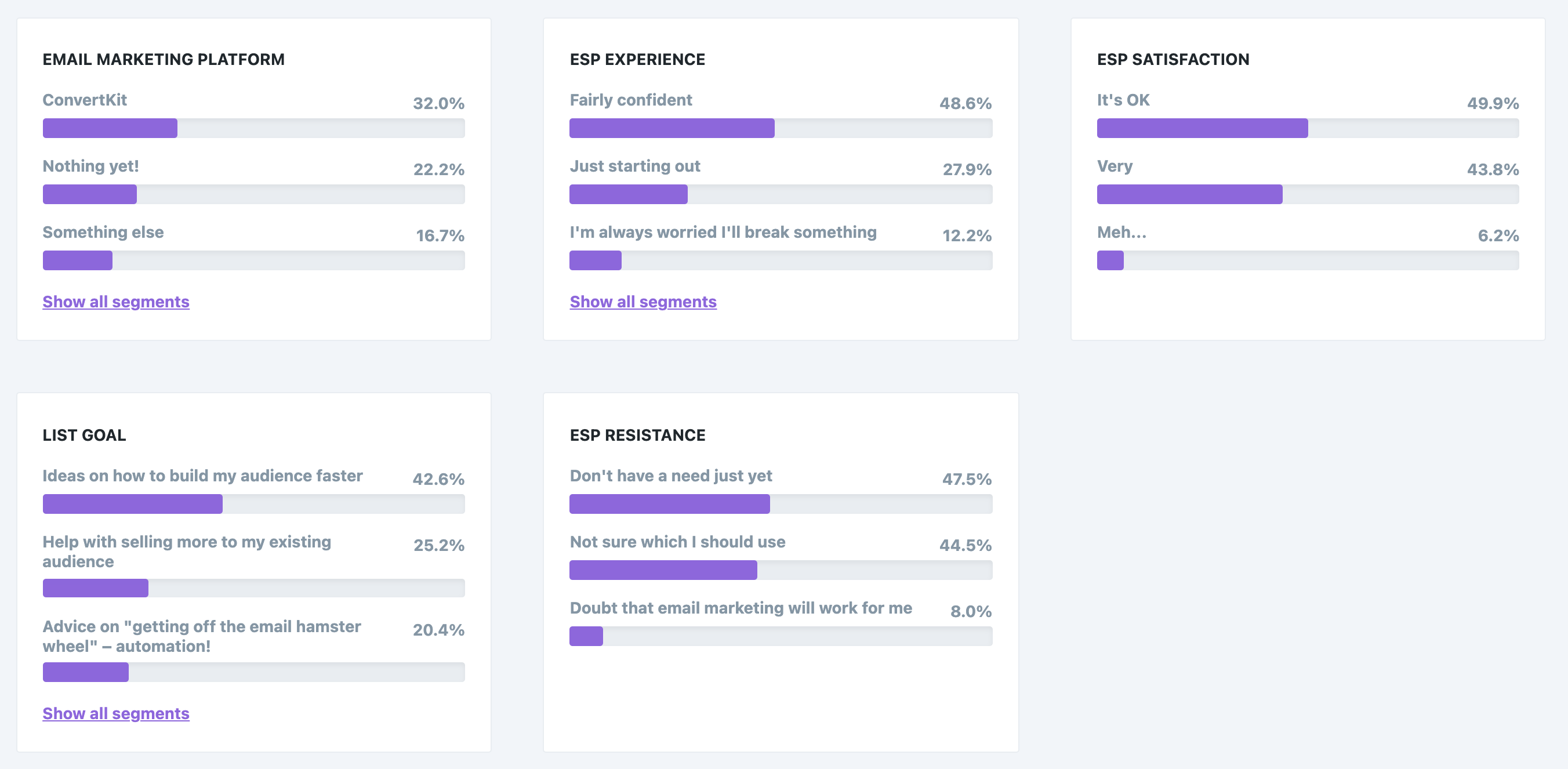I'm back from a nice 2-week holiday. My parents and kids from the U.S. came to visit us in England, and – despite the heat wave – it was wonderful having them come visit, especially since restrictions are starting to ease here and we were able to do a bunch of tourist-y things.
How to automate getting testimonials from your readers & customers

Anyway, today's issue of Create & Sell is all about systematically getting testimonials and feedback from your audience.
What I'll be showing you today is something I've done for all of my course businesses over the years, and am now starting to roll out right here at C&S.
The problem:
Every business wants more case studies and testimonials, right?
But most creators sit back and wait for a reader or customer to take the time to write in and share something about how they benefited from our work. This leads to inaccurate feedback (more on this in a second), along with missing out on stories of how we're helping our audiences.
The solution:
Use automation to collect feedback at key points in the relationship someone has between them and your business, and then file this feedback in a spreadsheet that includes metadata (associated product, industry, current problem, and other segmentation data) that can be used to personalise messaging in the future.
Done right, you'll not only get more useful and substantial feedback and testimonials from your audience, but you'll be able to run filters (i.e. "show me testimonials from designers who are just starting a business") that will help you deliver stronger, more personalised messages in the future.
Step #1: Collect the right feedback at the right time
What I'm going to recommend can be used for general testimonials (like feedback about your newsletter), along with product-specific testimonials.
At a minimum, you want to use automation to probe for feedback at three key stages:
When someone joins your list / buys a product: Why did they buy? What are they hoping it does for them? What hesitations did they have before ultimately deciding to join (and how did they overcome those hesitations?)
When someone is most likely starting to get some meaningful value from your thing: This might be after they receive 2-3 of your newsletters, or a few weeks after they buy your product. What do they make of your product/content so far? Has anything stood out? While it's probably too early for a true case study, are there any early wins they have to share, or psychological barriers you've helped them overcome?
After someone has had a chance to benefit from your material and act on it: Only you can answer how you determine when someone is most likely "successful" as a result of your material. What specific success have you had so far? How is your life / business different today than it was before you joined? Now that you've gone through the course / used the product for a while / been getting my newsletters for a few months, what would you say to someone else who's on the fence about joining?
None of these in isolation make for a great testimonial ("here was my problem, I invested in X, now look at how much better things are now"), but combined they tick all the requirements.
And because you're finding out why someone bought and what, if anything, held them back immediately after they joined or purchased, the feedback you get will be more authentic – ultimately helping you uncover any "bugs" that might exist on your opt-in forms or sales pages.
Step #2: Aggregate and segment your feedback
While you could just ask people to reply to your emails with the above feedback, a more structured alternative would be to send people to a form that separates out each thing you're asking for.
For example, the form would have one text area asking why they bought, another asking what they hope your product will do for them, and another asking what, if anything, held them back.
This can be done any number of ways – Typeform, Reform, Gravity Forms, etc – but what's most important is that you're able to pass along the email address or ID of the subscriber so that you can automatically pull in the right segment data once your survey form is submitted.
Using a tool like Zapier, you'll then want to take the form data and stick it in a Google Sheet or Airtable database.
But, before you just add whatever they submitted into a row in a spreadsheet, you'll first want to query your email marketing database to pull relevant segmentation data from the subscriber. This might include their industry, job role, current goal, or whatever else.
For Create & Sell, the key segments I'm currently tracking are:
Email marketing platform
Email marketing experience
How satisfied they are with their email platform
What their current goal is in joining Create & Sell
(if they aren't currently doing email marketing) What's holding them back?

Now it's just a matter of using Zapier to:
Wait for a form submission to come through
Look up the subscriber in my ConvertKit account and pull out the various segmentation fields I'm tracking
Connect to Google Sheets and add a few new rows that include: the subscriber's email address, the question I asked them ("what made you buy?"), their response, and all associated segment data pulled
Step #3: Deliver more relevant testimonials
After a while, your spreadsheet will automatically fill up with reader/customer feedback about you, your products, and the effect they've had on your audience.
And because this spreadsheet includes segment data, you'll be able to answer questions like: "What kinds of things are people who are looking to build an audience faster with ActiveCampaign saying when they join my list?"... feedback which can then be used to improve how you onboard future people focused on audience building who use ActiveCampaign.
It's as easy as just filtering your spreadsheet.
You'll also be able to personalise product pitches and possibly even your sales pages (when using a tool like RightMessage.)
Part of what got me so obsessed with the idea of personalisation is seeing just how much more effective case studies and testimonials that are super relevant to the potential buyer are vs. just showing just a mixed bag of random social proof in an email or on a sales page.
Once I started showing testimonials from copywriters to copywriters, or testimonials from agency owners to other agency owners, sales – somewhat predictably – skyrocketed.
But you can't do that sort of personalistion UNLESS you're associating the segment data you're collecting with reader and customer feedback.